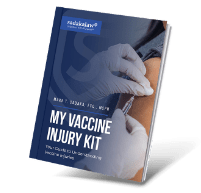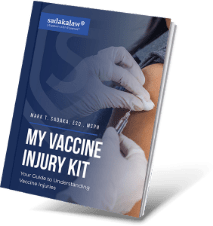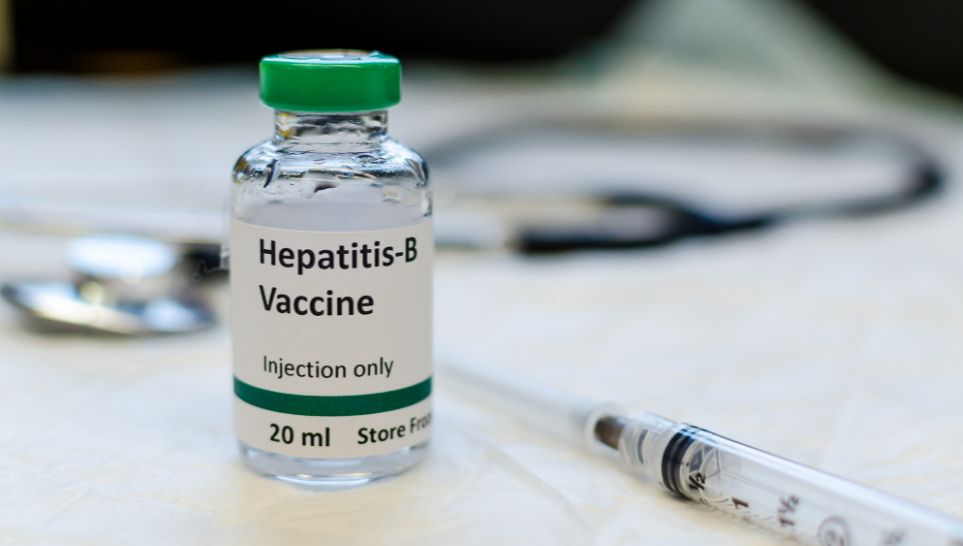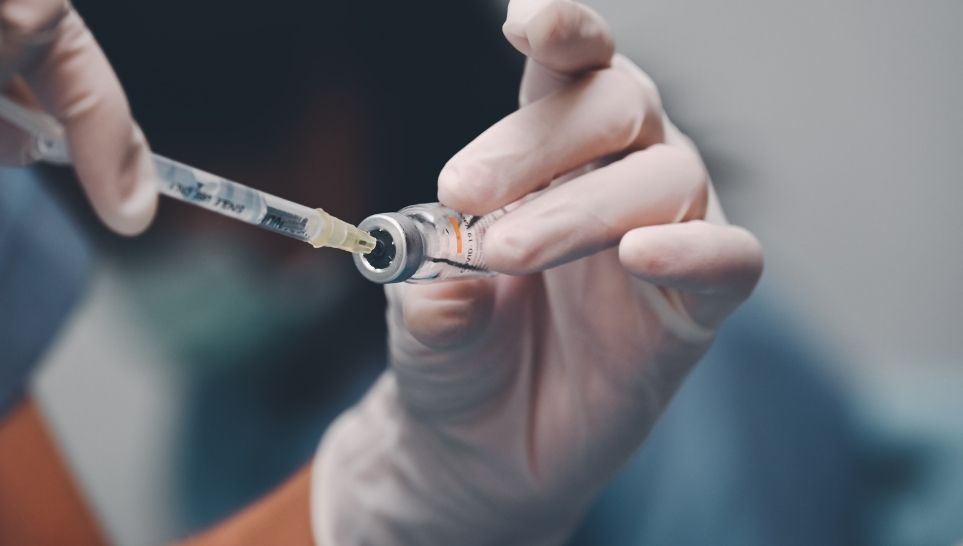
Shingrix came on to the market as a safer alternative to the prior vaccine, Zostavax, that caused countless injuries and was not very effective. However, Shingrix is now reported to have problems of its own. Now, reports filed on the VAERS are beginning to pile up as patients are suffering injuries as a result of the new vaccine. Some of these injuries have resulted from the manner in which the vaccine was administered. However, most of the side effects have resulted from the vaccine itself and the complications have been reported to be more severe than Zostavax. Still, advocates of the medicine argue that the potential for serious side effects is justified by the fact that Shingrix is more effective than Zostavax.
Shingrix Is Generally Twice as Effective as Zostavax
Shingrix was approved for use by the FDA in October 2017. There was a need for a new shingles vaccine due to the ineffectiveness of Zostavax. Instead of preventing patients from contracting shingles, Zostavax actually caused cases of shingles in many older patients and had less than a 20 percent effectiveness rate in patients over the age of 80. Its manufacturer, Merck, was the defendant in thousands of lawsuits that alleged that Zostavax was defective.
Shingrix has proven to be more effective at preventing cases of shingles. The new vaccine has an effective rate of approximately 90 percent. This is a much higher effectiveness rate than Zostavax.
Shingrix Has Side Effects
The fact that Shingrix comes with more significant side effects has not been a surprise as this was anticipated. Shingrix has several substantial differences between it and Zostavax that can cause more significant side effects. The major difference that impacts side effects is the fact that Shingrix is an intermuscular injection while Zostavax was a subcutaneous injection. The fact that the injection reaches the muscle opens the patient to more complications.
The manner of injection means that a majority of patients will feel some sort of pain from it. In studies that were released around the time that the vaccine was approved, the number of patients that experienced pain reached 70 percent. In some patients, this pain becomes severe and can interfere with the normal functions of daily life. One in six patients report pain so severe that they are unable to complete routine activities. In fact, numerous patients have taken to social media to describe their extreme pain in the days after their vaccination. However, in a majority of patients who experienced intense pain, the symptoms went away within three days. Primarily, this discomfort includes arm pain and, in some patients, neck pain too.
There are a number of common side effects from Shingrix. Patients commonly reported experiencing skin rash, joint pain, flu-like symptoms, headaches and fatigue. Other patients have complained of a fever in the days following their vaccination. In most cases, these side effects are temporary. However, because of the nature of the Shingrix vaccine, these temporary symptoms are more severe than the average temporary vaccine side effects.
Other side effects of Shingrix include the low possibility of severe allergic reactions. Most vaccines carry the risk of a serious allergic reaction. With Shingrix, there are one or two cases for every one million vaccines administered. Severe allergic reactions require immediate treatment since they can result in hives and difficulty breathing. In very rare cases, the patient’s throat can swell and make it harder to breathe. Patients will generally know within minutes or hours that they are experiencing a severe allergic reaction.
Why Shingrix has Side Effects
Some of the initial problems with Shingrix resulted from the fact that people were not familiar with the vaccine and how it was administered. A handful of technicians injected Shingrix incorrectly, giving the vaccine subcutaneously. It has taken some time for medical professionals to get used to the vaccine, resulting in numerous administration errors. These complications are now declining because professionals have better learned how to use Shingrix. However, there are still instances in which the healthcare professional giving the vaccine fails to understand how the vaccine should be administered.
The speculation is that the severity of the initial system results from Shingrix’s adjuvant. An adjuvant is a substance that is used in vaccines to boost the body’s immune response and create a longer-lasting immunity. In Shingrix, the adjuvant causes the immune system to spring into action quickly, heightening the side effects in the first few days after administration. The flu-like symptoms and other illnesses that people feel right after the shot possibly results from a quick response of the immune system to the vaccine.
In the first eight months that Shingrix was available, over three million doses were given. This resulted in over 4,000 reports of adverse reactions being filed over the FDA’s VAERS. However, there have not been widespread reports of significant lasting injuries from Shingrix.
Shingrix Is not Covered by the VICP
Shingles vaccines are not covered by the Vaccine Injury Compensation Program (VICP) since it is given only to adults and not to children. Only vaccines that are given to children are eligible for VICP compensation even if they are given to adults as well. If a patient does experience a side effect from Shingrix that causes them injury, they will need to file a lawsuit in court as opposed to being able to file a claim with the VICP and qualify for its streamlined procedure.
As of now, there have not yet been major lawsuits filed regarding Shingrix. To the contrary, the vaccine has caught on to the point where the manufacturer cannot make it quickly enough. Patients have accepted the fact that they be put out of commission for a few days because of the side effects in exchange that heightened protection that Shingrix provides. Nonetheless, those who are about to receive a Shingrix vaccine should anticipate that they will experience pain and discomfort in the first few days after the injection. They should plan accordingly and possibly be prepared to miss work or other activities due to the pain.
If you have been injured by Shingrix, contact the attorneys at The Law Offices of Sadaka Associates for a complimentary evaluation of your case.





